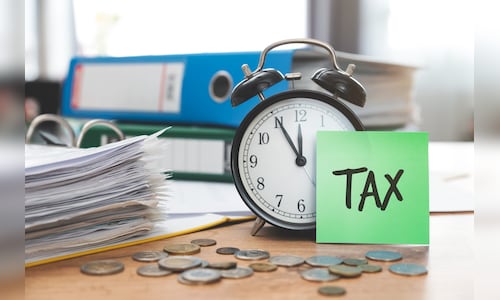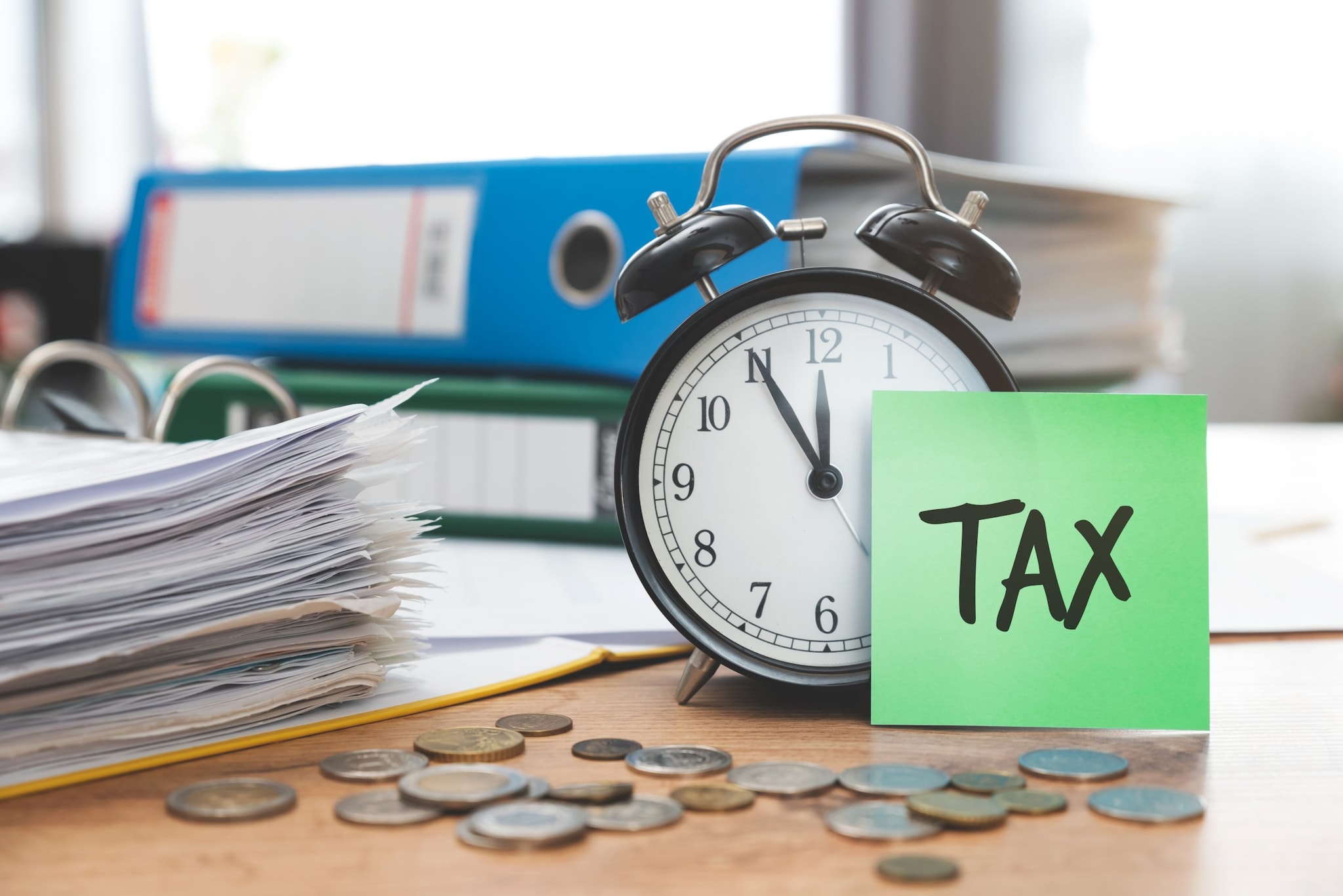

Index Fund Corner
Sponsored
| Scheme Name | 1-Year Return | Invest Now | Fund Category | Expense Ratio |
|---|---|---|---|---|
| Axis Nifty 50 Index Fund | +32.80% | Invest Now | Equity: Large Cap | 0.12% |
| Axis Nifty 100 Index Fund | +38.59% | Invest Now | Equity: Large Cap | 0.21% |
| Axis Nifty Next 50 Index Fund | +71.83% | Invest Now | Equity: Large Cap | 0.25% |
| Axis Nifty 500 Index Fund | — | Invest Now | Equity: Flexi Cap | 0.10% |
| Axis Nifty Midcap 50 Index Fund | +46.03% | Invest Now | Equity: Mid Cap | 0.28% |
When is self-assessment tax paid?
Self-assessment tax is usually paid before submitting the income tax return. The tax should be paid on or before the due date for filing the return, which is typically July 31 for individuals and September 30 for businesses, depending on the type of taxpayer.
It is crucial for individuals and entities to calculate their total tax liability for the year, subtract any tax already paid (like TDS or advance tax), and pay the remaining balance as self-assessment tax. If the taxpayer does not pay this tax before filing the return, they may face penalties or interest under Section 234A, 234B, and 234C of the Income Tax Act.
Steps to pay the self-assessment tax online
The Income Tax Department’s official website offers a guide for taxpayers to remit their tax dues online. Here’s how you can pay self-assessment tax online:
1. Visit the Income Tax Department portal
Firstly, taxpayers must go to the official website of the Income Tax Department of India: https://incometaxindiaefiling.gov.in. Then log in to their accounts.
2. Navigate to the tax payment section
Once logged in, go to the “e-Pay Tax” section. This option is located on the portal’s homepage and can be found under the “Services” tab. After clicking on “e-Pay Tax,” you will be redirected to the National Securities Depository Limited (NSDL) portal, which is responsible for collecting online tax payments.
3. Select the tax payment type
On the NSDL portal, you will be required to select the type of tax you want to pay. Choose the option for “Self-Assessment Tax” from the dropdown list. Additionally, you will need to specify your assessment year (i.e., the year for which you are paying the tax) and the mode of payment.
4. Fill in the necessary details
Enter the requested details such as your PAN number, address, and assessment year. The portal will also ask you to select the bank through which you intend to make the payment. Make sure that the information is correct to avoid any future issues.
5: Pay the tax
After submitting the details, you will be directed to the payment gateway. You can choose from various online payment methods like net banking, debit/credit card, or UPI. Follow the prompts to complete the payment. You will receive an acknowledgement and a challan receipt after the payment is successful.
6. Submit the proof of payment
After paying the tax, keep the payment receipt (challan) for your records. You need this when filing your Income Tax Return. The receipt will contain a unique Challan Identification Number (CIN), which will be used to link the payment with your income tax return.
What will happen if you don’t pay self-assessment tax?
Failure to pay the self-assessment tax can result in significant financial consequences. If the tax is not paid before the return is filed, taxpayers are liable to pay interest under sections 234A, 234B, and 234C of the Income Tax Act. The penalties can accumulate, increasing the taxpayer’s overall liability. In extreme cases, non-payment could even lead to prosecution.
Self-assessment tax is an important aspect of India’s tax system, allowing taxpayers to calculate and remit their tax dues in a timely manner. By paying the tax online, individuals and businesses not only save time but also ensure that they comply with the government’s tax regulations without facing these penalties.
Also Read: Traditional savings vs tax-advantaged accounts, which is a better choice?



